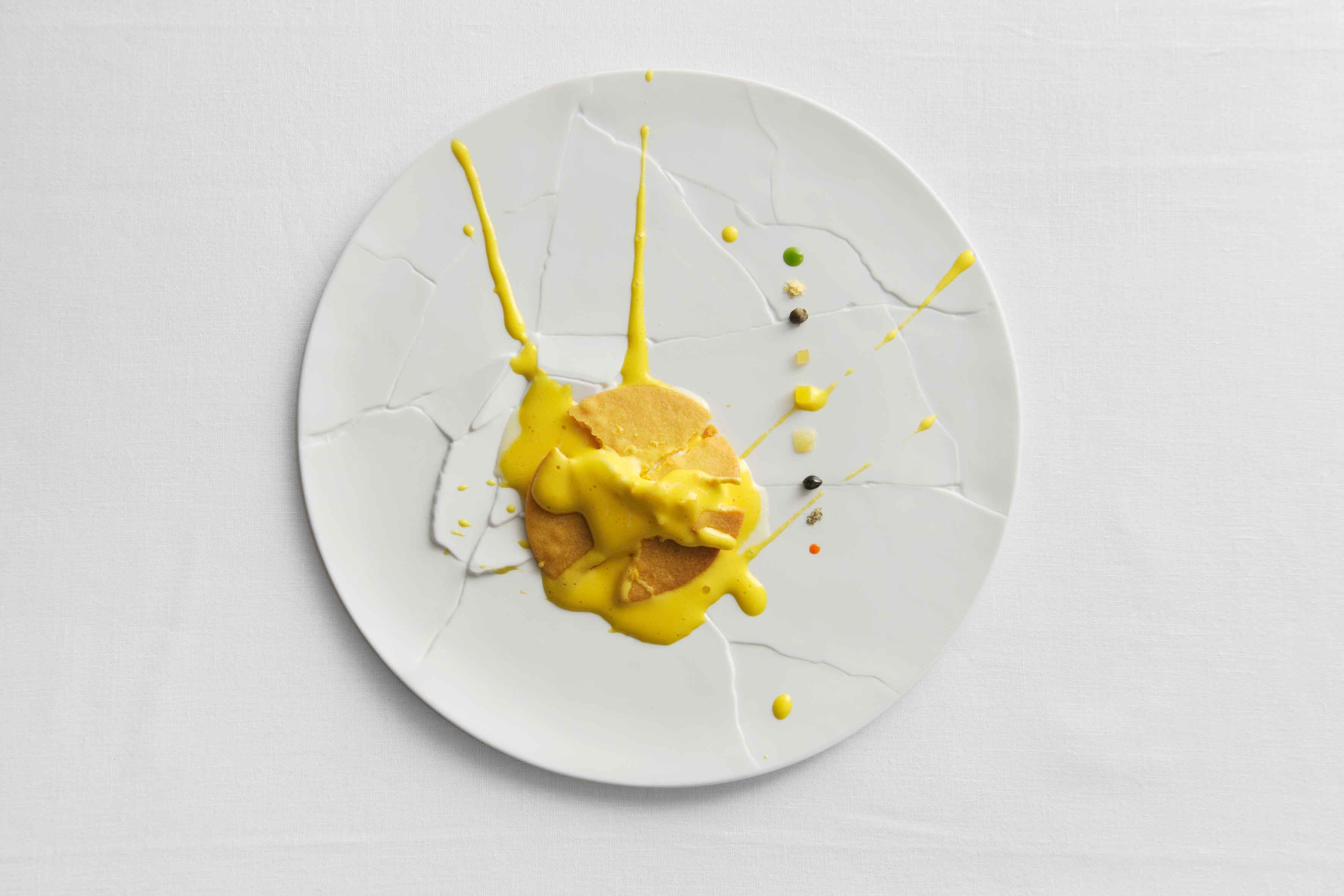
Four of the world’s greatest chefs touch down in the Magic City, bringing their Michelin stars with them for a memorable culinary experience hosted in the Frank Gehry-designed New World Center concert hall on December 1st. From Brazilian and Argentinian cuisine to decadent pastries and deep-rooted Italian meals—Once Upon A Kitchen will bring these dishes straight to your table. The third edition of Once Upon A Kitchen is produced by GR8 Group, an international team of creatives whose ethos is based on designing the most exclusive experiences the world has to offer. Guests of the gathering will be treated to a multi-course dinner featuring signature dishes from the decorated chefs’ widely praised restaurants: Osteria Francescana in Modena, Italy, owned by Massimo Bottura; Mirazur in Menton, France, founded by Mauro Colagreco; and D.O.M. in São Paulo, Brazil, owned by Alex Atala. Ahead of the delectable evening, Cultured sat down with Bottura, Colagreco, Atala and Bachour to discuss their personal philosophies and what stimulates their appetites. There’s still time to take on Art Basel week with a full belly, beginning with Once Upon A Kitchen on Sunday. And luckily for us, a few limited tickets are still available here.
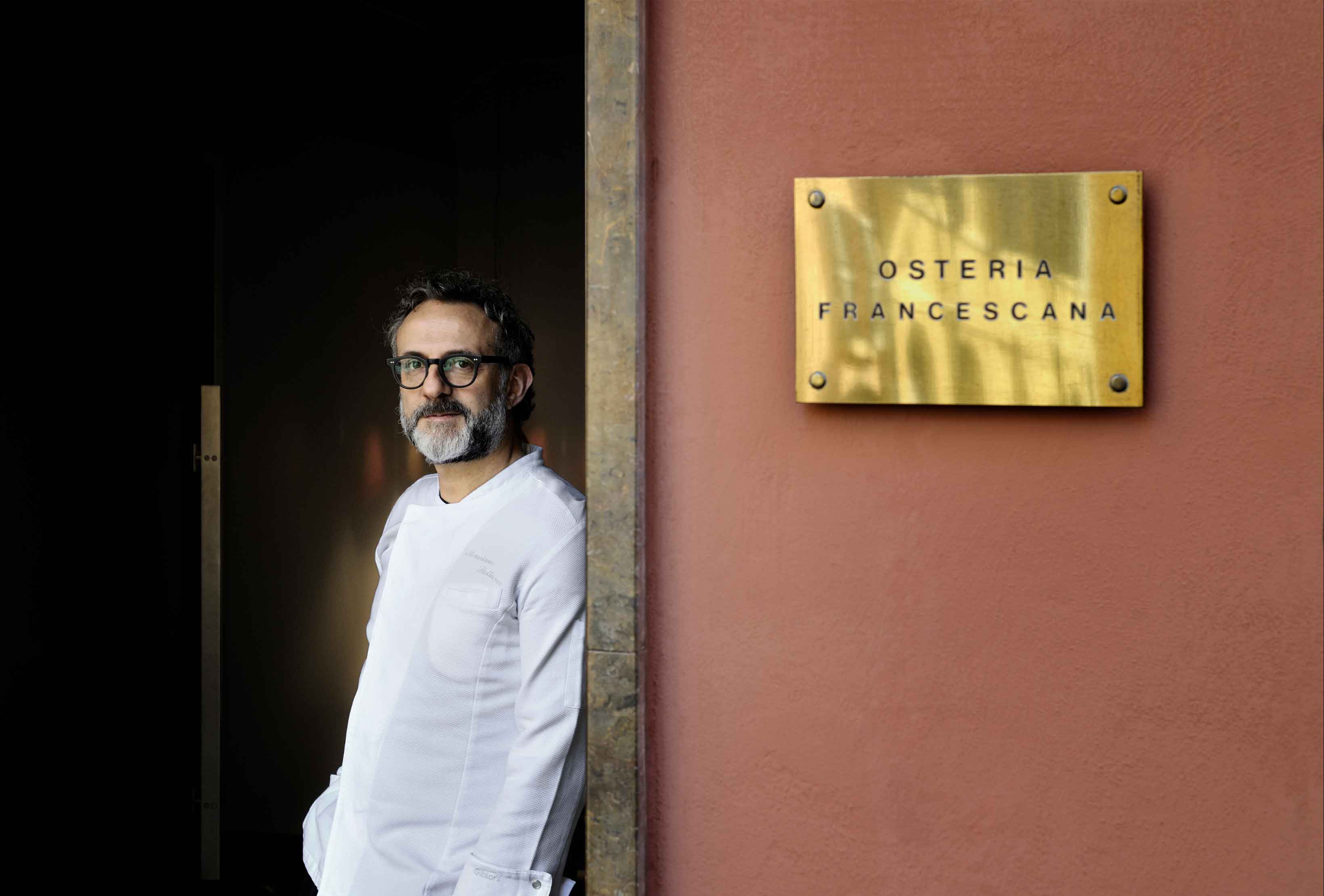
Massimo Bottura
What inspires you most? I take inspiration from everything I see and experience. I make obvious as well as unconventional connections—sometimes abstract and other times concrete. I love metaphors and I look for them constantly. I am searching for truths that often cannot be proven or explained. They are flavorful truths, combinations that work, textures that envelop and stimulate the palate, the emotions and the mind. When we cook we are not just feeding empty bellies—we are feeding the eager mind. Creativity happens at the most unexpected moments. Jazz and contemporary art are my fuel. I listen to jazz when I want to get lost in improvisation and I look for art as a point of reflection. The artist’s thoughts are often an inspiration to me in the kitchen. Through the artist’s eyes, you see the world from upside down. You question reality. Art reminds us to keep a door open for poetry. When the right time comes, if that door is open, you can jump through it, into a parallel universe where even the most mundane object turns to gold.What role can a chef have in terms of sustainability? Contemporary chefs have a great influence on the public and can change both public policy and public opinion; therefore, they have an opportunity to make a difference for their communities, the planet, and also for the future of food—not only in terms of food waste, but also in terms of malnutrition, product sustainability and quality ingredients. For me, it is very important that chefs be activists. I remember the energy of my chef friends from all over the world who answered my call and came to cook at the Refettorio Ambrosiano in 2015. That was a concrete example of chefs expanding their role and offering their talents to help a bigger cause. Nowadays, we need to make dining experiences more meaningful and authentic. We all have a responsibility to make good food, healthy food and sustainable food that supports our communities, our farmers and our artisans. The more synergy there is in gastronomy, the less waste there will be. As chefs, we have a responsibility not only to our paying guests, but also to our communities to help improve the food systems for everyone, through education and through action.
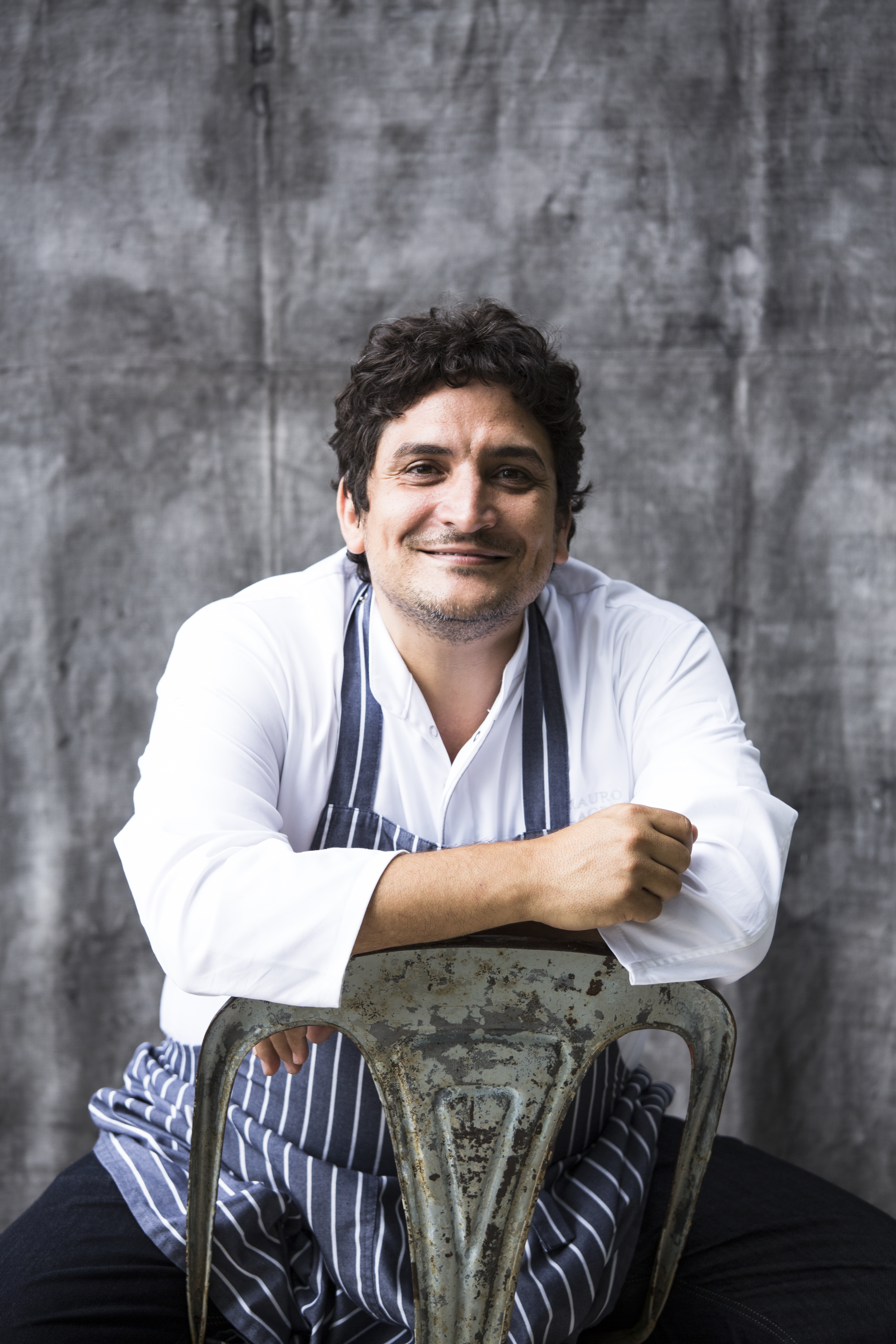
Mauro Colagreco
What is the heart, soul and inspiration behind your dishes? My inspiration comes from the beauty and richness of the landscape that surrounds us at Mirazur: the Mediterranean, the mountains and our gardens that provide us every day with wonderful fruits, herbs and vegetables. Our menu is based around this—showcasing ingredients from the sea, gardens and mountains, entering into a direct dialogue with the senses and emotions that culminates in a meal.You studied cooking in France at the age of 23; once you completed your studies, what made you stay in France? I came up with the plan of having a culinary experience in France—whose culture, in terms of gastronomy, I greatly admired—and then to return to Argentina after my studies. However, during my internship at with Bernard Loiseau, his proposal to stay and work with him made me change my plans. I had this enormous opportunity, and then other experiences followed, until I finally had the chance to open my own restaurant in Menton, in 2006. After five years of working in France, all my plans had changed. I was happy and became at home in this magnificent country.
When you first arrived in France, what was the most substantial difference between their cooking and the cooking in Argentina? I could feel from the very first moment the strength of this culinary tradition, its perfection, its technique, the excellence in service, the richness of the products. These are things that I saw for the first time in my life and I discovered with great admiration. France's culinary history has been developed over many years, and this is something that distinguishes it, across the world.
What is the best dish you have ever eaten? My mother’s gnocchi and my father’s asado.
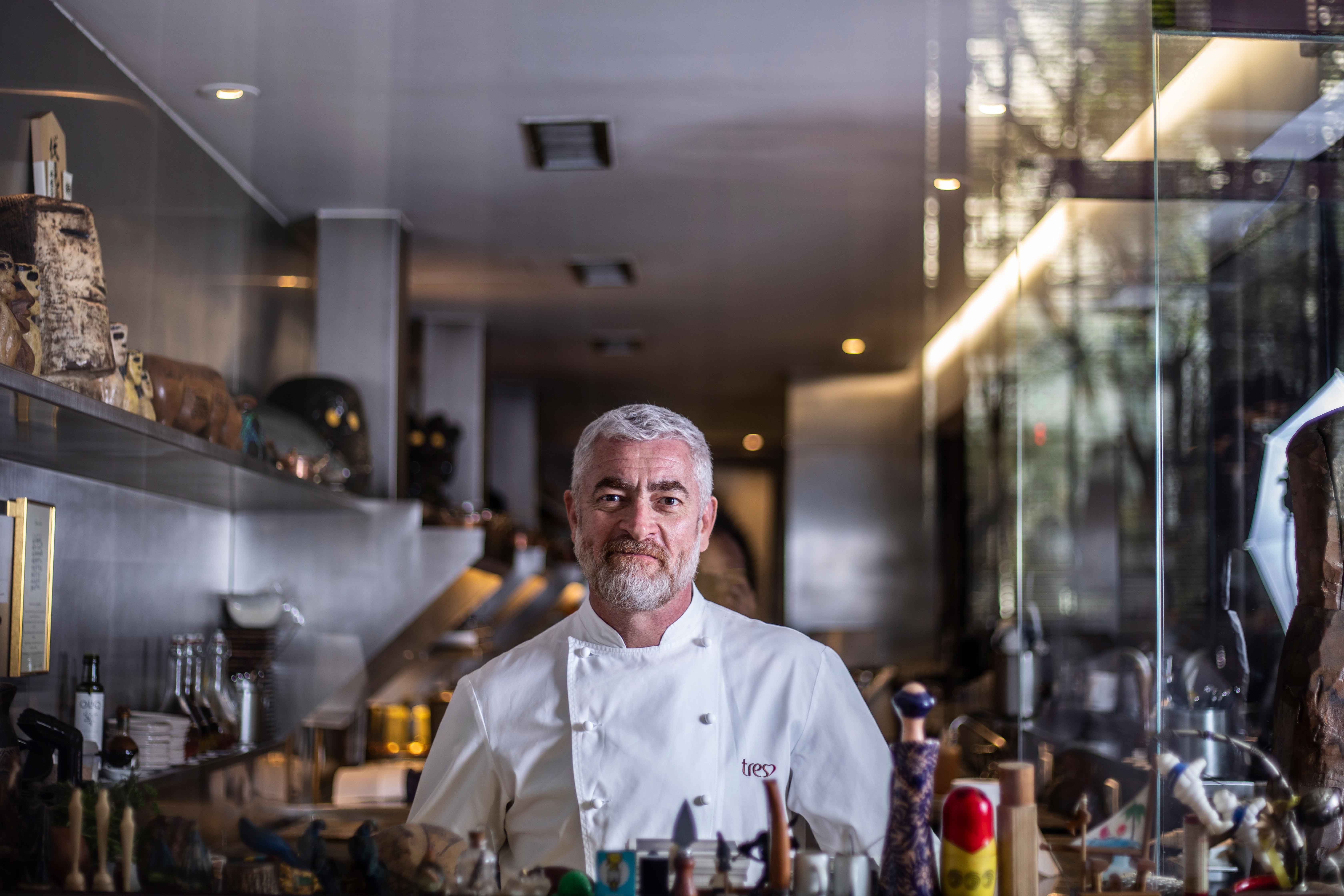
Alex Atala
Which ingredient would consider to be at the core of your cuisine? If I had to choose an ingredient, it would definitely be manioc. Manioc is the root of Brazilian cuisine and the basis for many preparations; it is for us what soy and rice are for Asians. From manioc, we are able to extract an immense variety of food possibilities, including “tapioca.”After reading your inspiration behind the creation of the Atá Institute, having a solid understanding of your work space and the kitchen seems important to you. How would you describe your work environment and how does that influence your cooking? Atá’s motto is to understand that the commitment to work with the food chain will be the biggest paradox for humanity in the coming decades; it is a life mission. Though we can do very little, it is our greatest commitment, our greatest mission. The kitchen of the future does not teach people how to cook or how to produce, but asks them to act according to our conscience and our ethics. Understanding the ingredient better and using its full potential is the first step in conserving our planet. Therefore, I use naturally Brazilian ingredients in my dishes and I try to reinforce this awareness in people, to make them proud of their roots.
What is so significant about understanding the relationship between eating, cooking and producing? The food chain, as the term puts it well, must have its links, which, today, are extremely split. It is very easy to make speeches, but it is very difficult to take action. Today, we see producers increasingly seeking the quality, not only of the final product, but of its relationship with nature by using fewer pesticides and often looking for ways that may be a little more expensive but are certainly much more promising for the future of the planet. The biggest link between nature and culture goes through a kitchen, and therefore also through our hands and mouths; we need to be aware of this.
What do you believe to be your greatest accomplishment? I try to show Brazilians what they often cannot see: the beauty of our everyday national food. Today, I am quite optimistic about people cooking at home, choosing better ingredients, being concerned about where these items come from and how they were produced and understanding the geographical or cultural particularities of each of those regions.
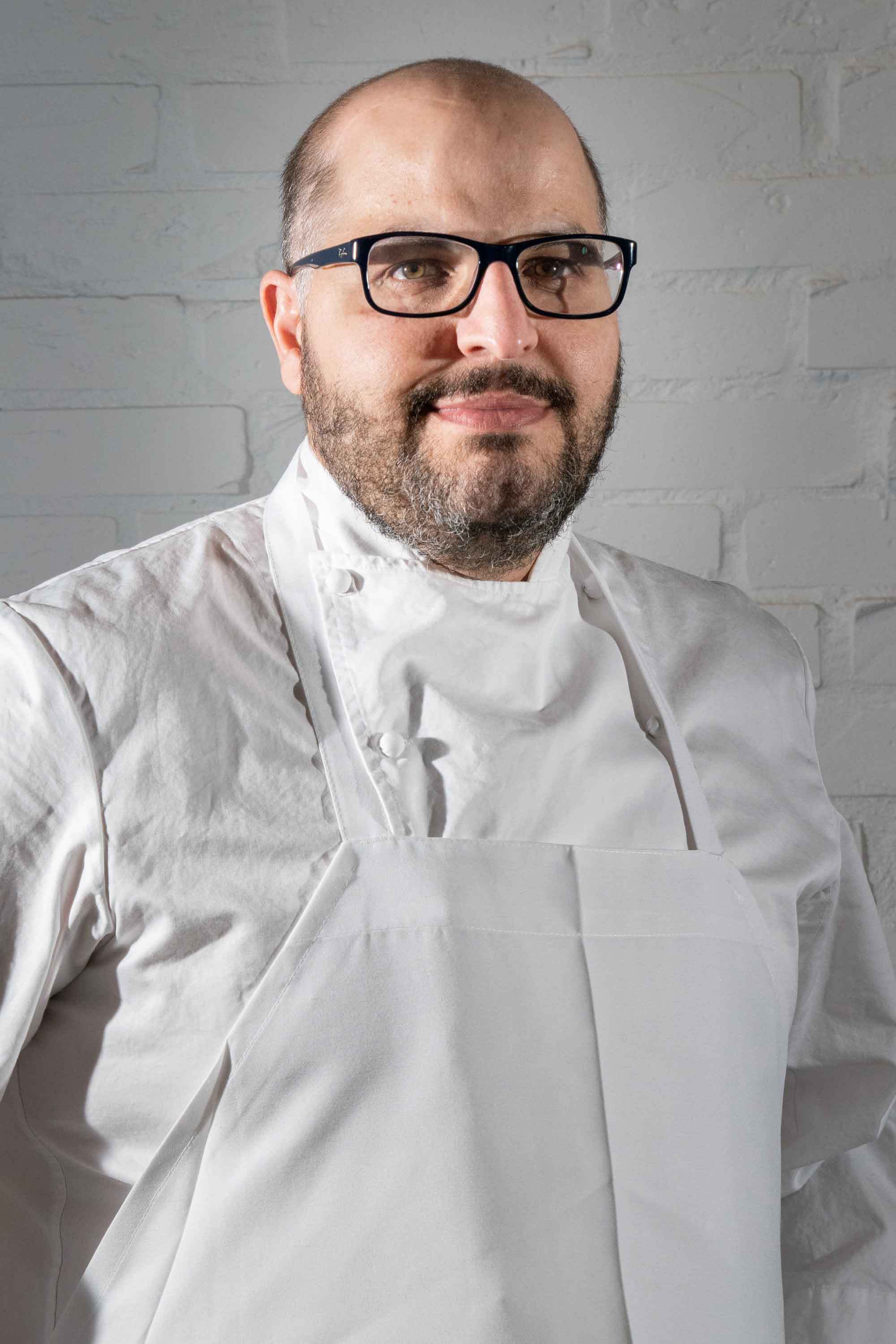
Antonio Bachour
How important is the creative appearance of your pastries in comparison to nailing the flavor? Which do you think is more work? The appearance of a pastry is extremely important because people eat with their eyes! The presentation is the wow factor—the preview to the taste. For me, the appearance or decorative elements are what require the most work and can be the most difficult to achieve. I know I have the taste, but the presentation can be the most challenging to execute!What is your inspiration when it comes to presentation and plating style? My inspiration comes from many sources. This could be a painting, a beautifully designed building, a colorful suit or a flower—and it comes without warning. Inspiration is around us all the time, we just have to see it.
What was your favorite dessert as a child? Could that dessert be credited with your decision for your career path? Growing up, my favorite dessert was Tembleque – a coconut, custard-like pudding from Puerto Rico. It has continued to inspire me throughout my pastry career. Naturally, my favorite ingredient is the coconut, and I’ve incorporated it into many desserts I’ve created over the years.
Who were your mentors while studying culinary art? I had many mentors while studying culinary art, but I really got my start when I was growing up in Puerto Rico. I was hooked on pastries from a young age, thanks to having spent my childhood in our family bakery. One of the bakers I learned from was a gentleman named Aquilles. He taught me the techniques and fundamentals of baking that have carried me through my career.
Could you briefly explain your personal pastry philosophy? My personal pastry philosophy is that there must be a wow factor! The customer should be in awe from the start, and the taste should be even better than the presentation!



